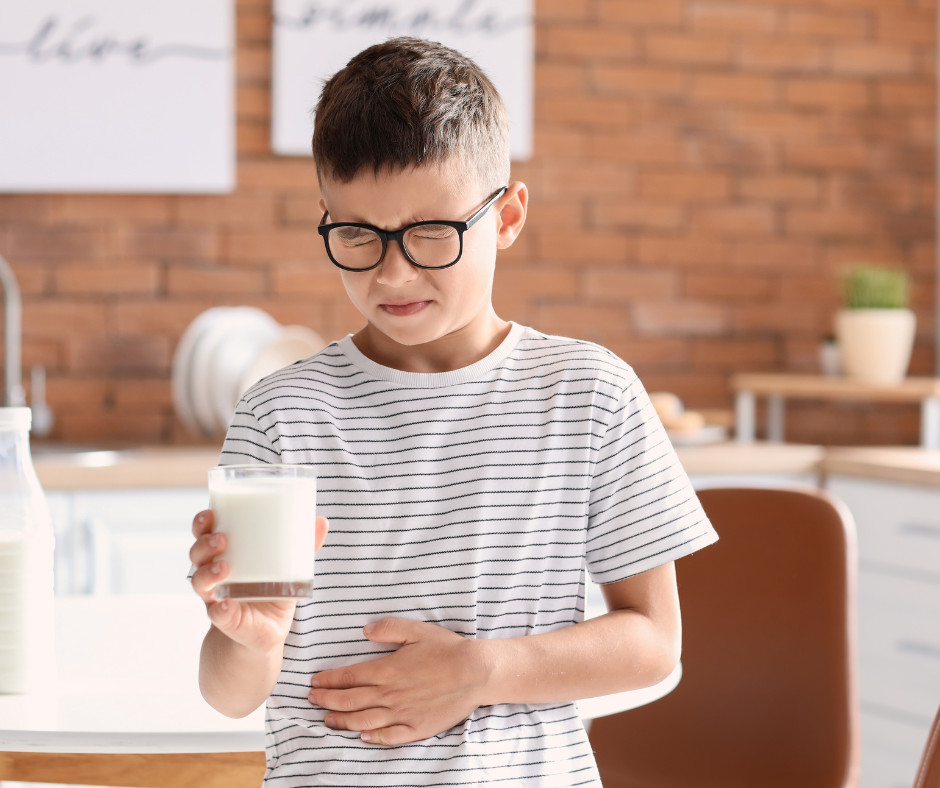
It more common for children to have allergies these days. An allergy is the bodys' response to something it sees as an outside invader. In many cases, avoiding the allergen is that best path. That is why some pre-schools are nut-free. And there are nut-free tables in children's cafeterias. That is one type of allergy. Childeren can develop a wide variety of allergies and for a variety of reasons. Here is what you need to know about childhood allergies.
Signs of an Allergy
Just like in adults, an allergy may first appear like a cold in children. But the symptoms don't go through the predictable cycle of a cold. A severe allergy may result in hives on the skin. A milder allergy may make the skin red or itchy. Allergies can also show up as fatigue or digestive issues. If you suspect a child has an allergy, you'll want to start recording their symptoms along with the foods they eat, changes in their environment, and their activities.
Common Food Allergies
Some of the most common food allergies for children are the same as for adults. Wheat, dairy, soy, and shell fish top the list. Other common food allergens are eggs, peanuts, tree nuts (almonds, cashews, walnuts, etc.), and fish.
Hidden Food Allergens
Moms Across America is a public tax-exempt charity whose goal is to ban, or at least lable, GMO and chemically treated foods. They have found that avoiding foods that contain GMOs and herbicides/pesticides can dramatially improve a persons' health. In addition, they found that common additives in food like lecithin, guar gum, and carrageenan, can cause problems for some. MSG is used less commonly now, but it is still in some processed spice blends and is a known allergen.
Pet Allergies
It is not uncommon for children to be allergic to pets. Even short haired pets that don't shed can cause symptoms. This is because it can be the dander (dead skin) or saliva that is triggering the allergy. Children can also be allergic to different types of birds and down pillows. It should be failry straight forward to figure out if a child has a pet allergy. If not, you can have them tested.
Chemicals in the Environment
If you have ruled out the other possible allergens, the next place to look is at the chemicals in personal and household cleaning products. Don't overlook scents and laundry soaps. We are all exposed to chemicals whether or not we try to avoid them. Eliminating them at home is a good place to start. But beware of green washing which is how manufacturers maket and label their products to make you think something is chemical free. It's always best to check EWG.org to verify that it is safe and healthy to use.
Did this help you? If so, I'd greatly appreciate it if you commented and/or share it on social media.

Email: sharonledwards@hotmail.com
Facebook: https://www.facebook.com/sharonledwardsbiz/
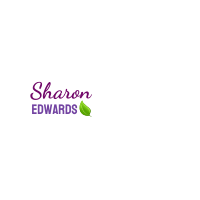







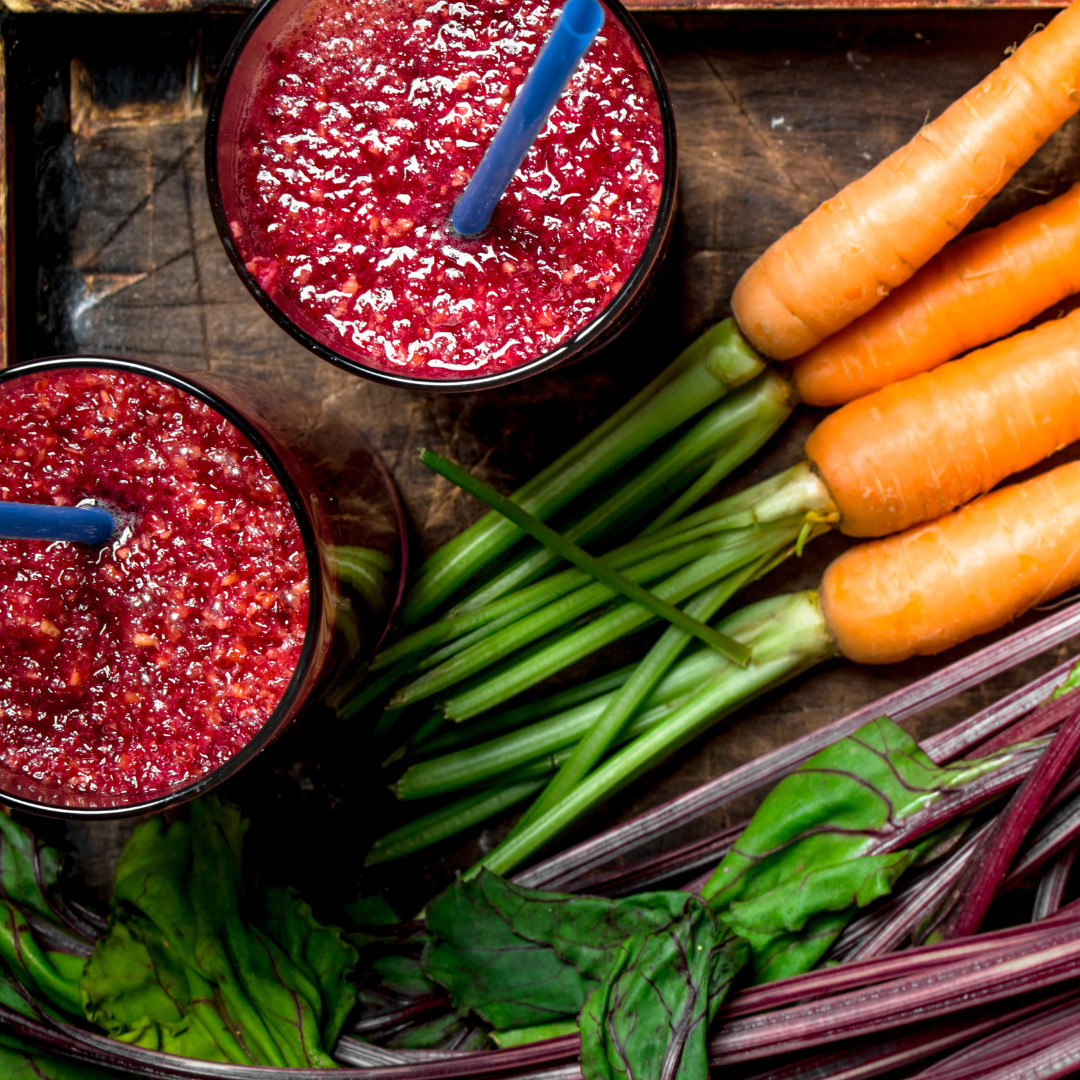
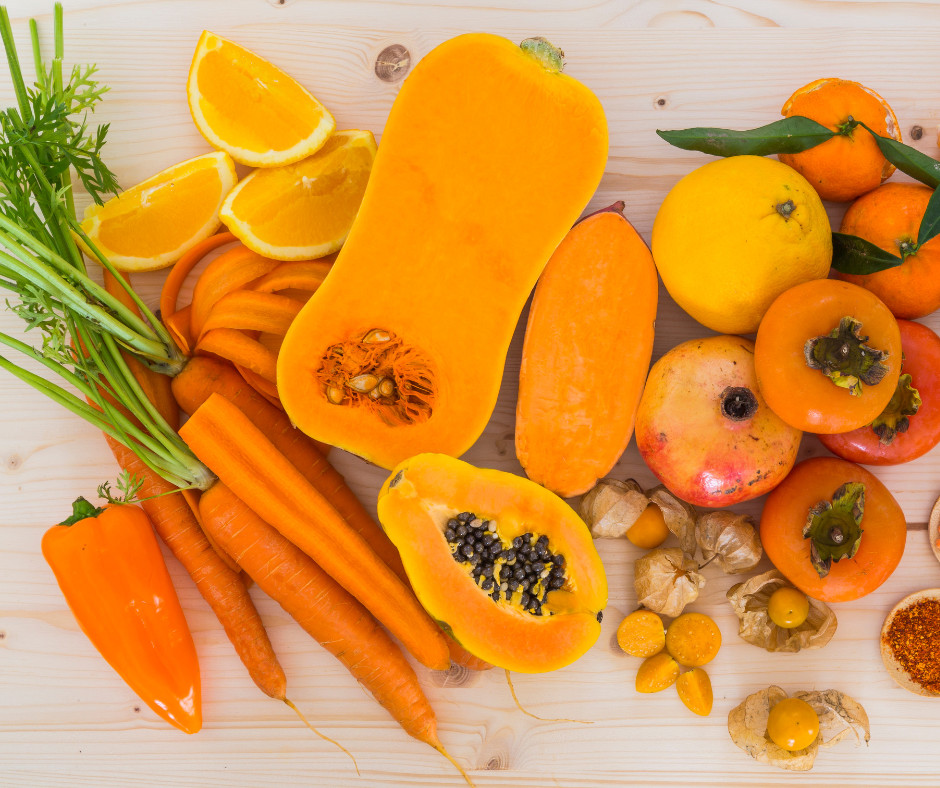
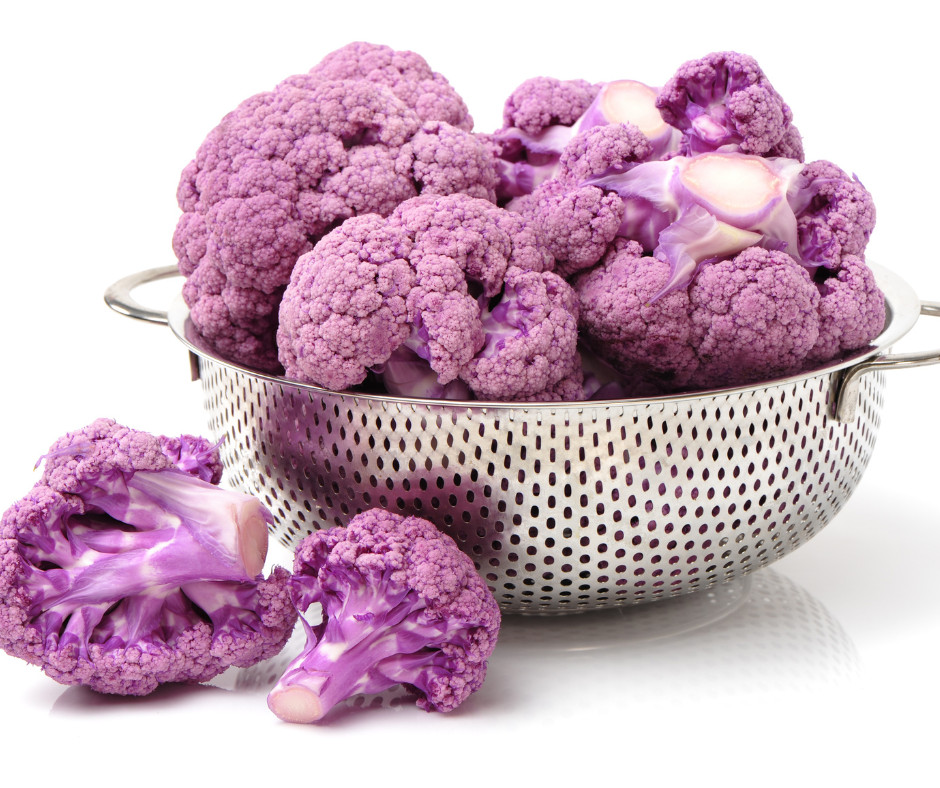

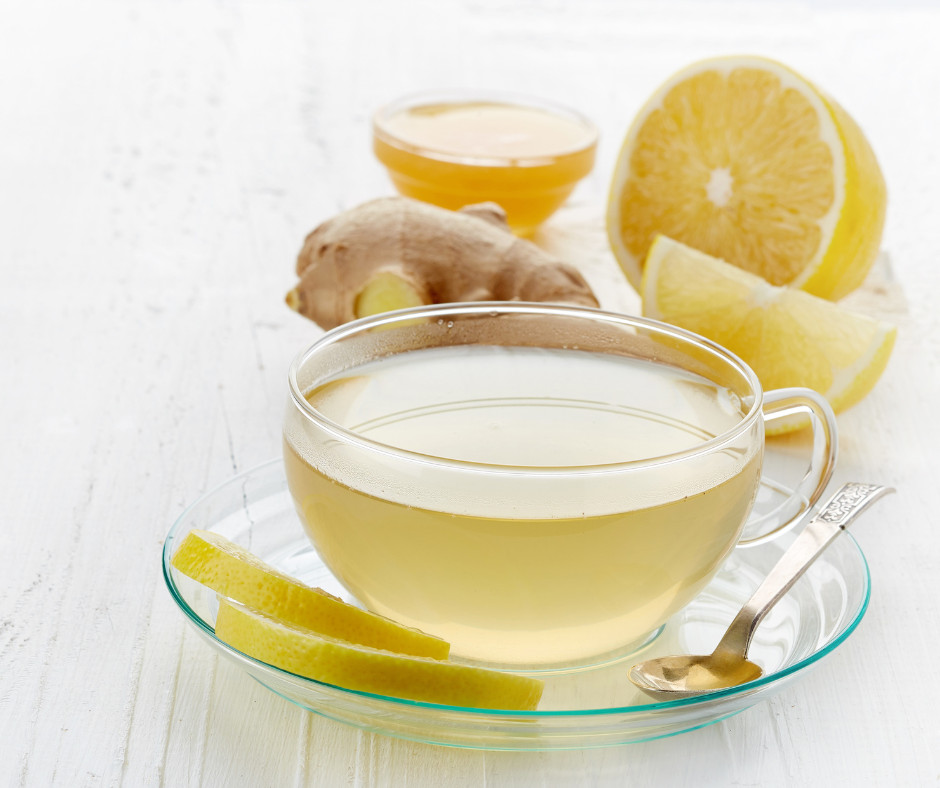



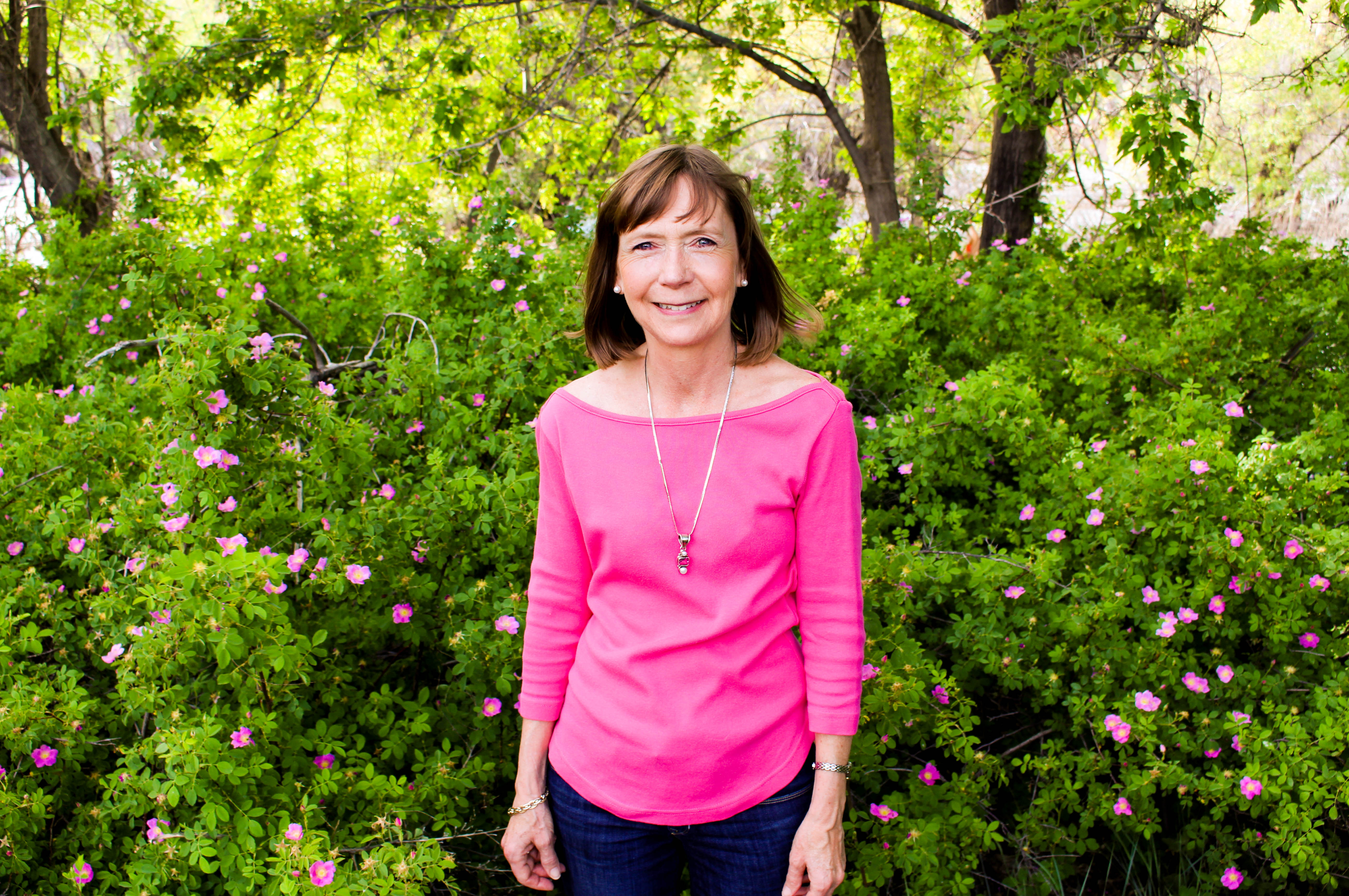
0 Comments